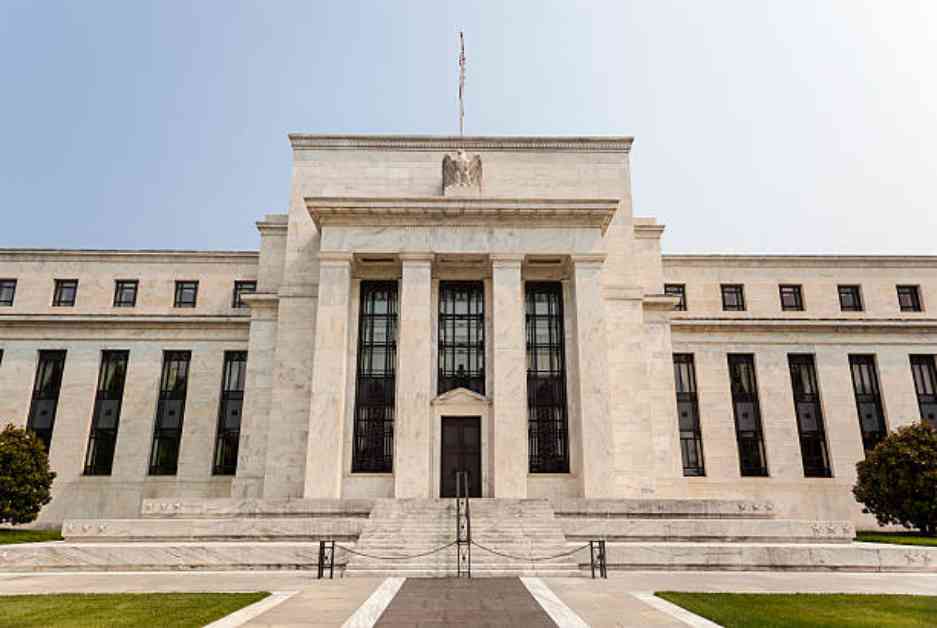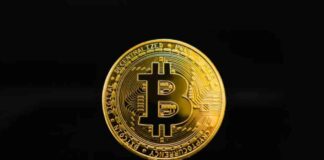The Federal Open Market Committee (FOMC) is gearing up for its upcoming meeting on September 18, and all eyes are on whether the Committee will begin easing the stance of monetary policy. Recent data releases since the last FOMC meeting on July 31 paint a picture of a slowing economy, with inflation hovering slightly above the Fed’s target of 2% and labor market conditions softening.
Federal Reserve Chair Jerome Powell has indicated that “the time has come for policy to adjust,” signaling a potential shift in monetary policy at the upcoming meeting. The key question now is the magnitude of the rate cut that the FOMC will implement. Will it be a conservative 25 basis points (bps) reduction or a more aggressive 50 bps cut?
While most Fed officials have hinted at a gradual approach to rate cuts, some have refrained from specifying the size of the reduction needed. This leaves room for the possibility of a larger 50 bps cut at the September meeting. The decision will ultimately depend on the evolving economic conditions and the Committee’s assessment of the risks to both inflation and employment.
Looking ahead, market analysts are expecting the median dot in the dot plot to shift down by 50 bps by the end of 2024, indicating that most participants foresee additional rate cuts beyond September. The outlook for 2025 is also pointing towards further easing, with the median dot expected to fall to 3.375%, implying 125 bps of additional cuts next year.
The upcoming meeting could potentially break a streak of 17 consecutive FOMC meetings without any dissents. Depending on the size of the rate cut, dovish or hawkish voting members of the Committee may express differing views on the appropriate course of action. This dissent, if it occurs, would highlight the divergent opinions within the FOMC regarding the optimal monetary policy stance.
As the FOMC prepares to release its Summary of Economic Projections (SEP) at the conclusion of the September meeting, market participants are eagerly anticipating the updated forecasts. The dots in the SEP are likely to reflect a more dovish outlook, with projections for additional rate cuts in the near term to support the economy amid evolving economic conditions.
Overall, the upcoming FOMC meeting on September 18 is poised to be a critical juncture for monetary policy decision-making. With inflation moderating and labor market conditions softening, the Committee faces the challenge of striking the right balance between supporting economic growth and maintaining price stability. The decisions made at this meeting will have significant implications for financial markets and the broader economy moving forward.
Implications for Market Participants
Market participants are closely monitoring the developments leading up to the September FOMC meeting, as the decisions made by the Committee will have far-reaching implications for various asset classes. With the potential for a rate cut on the horizon, investors are adjusting their portfolios to position themselves for potential market movements.
Equity markets are likely to react to the FOMC’s decision, with expectations of lower interest rates generally being positive for stocks. A rate cut could boost investor sentiment and drive stock prices higher, particularly in sectors sensitive to interest rate changes such as financials and real estate.
The bond market is also expected to see significant movements in response to the FOMC meeting. Yields on government bonds could decline in anticipation of a rate cut, leading to higher bond prices. Investors in fixed-income securities will need to reassess their portfolios in light of changing interest rate expectations.
Currency markets are another area to watch, as changes in interest rates can impact exchange rates. A rate cut by the FOMC could weaken the US dollar against other major currencies, making US exports more competitive and potentially benefiting multinational companies.
Overall, market participants are bracing for potential volatility and adjusting their strategies accordingly as they await the outcome of the September FOMC meeting. The decisions made by the Committee will set the tone for market sentiment in the coming months and shape investment decisions across asset classes.
Challenges and Considerations for the FOMC
The FOMC faces a challenging environment as it navigates the current economic landscape and considers its policy options. With inflation moderating and labor market conditions softening, the Committee must weigh the risks to both sides of its dual mandate of price stability and maximum employment.
One of the key considerations for the FOMC is the potential impact of a rate cut on inflation dynamics. While inflation has been running slightly above the Fed’s target of 2%, the recent slowdown in price growth suggests that the economy may be facing disinflationary pressures. A rate cut could help boost inflation expectations and support price stability in the medium term.
At the same time, the softening labor market poses a challenge for the FOMC. With job creation slowing and the unemployment rate edging higher, the Committee must assess the potential spillover effects on consumer spending and overall economic growth. A rate cut could provide a stimulus to the economy and help mitigate the risks of a deeper slowdown.
Another consideration for the FOMC is the impact of its policy decisions on financial markets and investor sentiment. Market participants are closely watching the Committee’s actions and statements for signals about the future path of interest rates. Clear communication from the FOMC will be crucial in managing market expectations and avoiding excessive volatility in asset prices.
Overall, the FOMC must carefully balance the competing considerations of inflation, employment, and financial stability as it makes its policy decisions. The upcoming meeting on September 18 will be a critical test of the Committee’s ability to navigate these challenges and steer the economy towards sustainable growth.
Conclusion
The September FOMC meeting is shaping up to be a pivotal event for financial markets and the broader economy. With the prospect of a rate cut on the table, investors are closely monitoring the Committee’s decisions and projections for clues about the future path of monetary policy.
The FOMC’s assessment of inflation, employment, and economic conditions will be crucial in guiding its policy decisions at the upcoming meeting. Market participants are preparing for potential shifts in interest rates, bond yields, and currency valuations as they position themselves for the outcome of the meeting.
As the FOMC grapples with the challenges of a moderating economy and evolving risks, clear communication and decisive action will be key to maintaining market stability and supporting economic growth. The decisions made by the Committee on September 18 will set the tone for monetary policy in the months ahead and have lasting implications for investors and businesses alike.

















